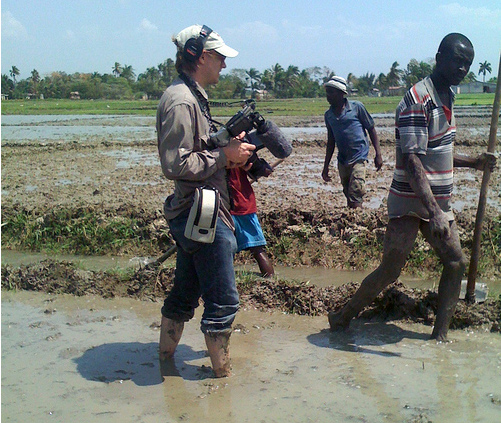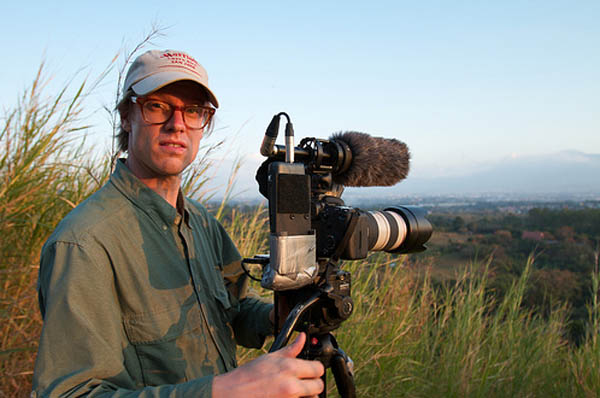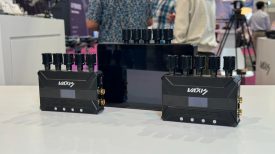Filmmaker and journalist Travis Fox, who covered the aftermath of the earthquake in Haiti talks about documentary film and Khalid Mohtaseb’s recent video about the quake.
The Economy of a Tent City from Travis Fox on Vimeo.

I’m a huge proponent of the DSLR system for documentary films. I ran out to buy the Kessler Pocket Dolly after I saw Khalid Mohtaseb’s amazing work from Egypt. I shoot everything ‘wide open’ to minimize depth of field. Yet, I don’t really get what is meant by “cinematic journalism.”
Dan Chung has asked me to chime in on the debate. So at the risk of being dragged into a blog screaming match, here goes… My understanding of the term is that these new tools – the film-like DSLR cameras and lenses mixed with new lightweight cinematic tools such as the pocket dolly and mini-jib – have created a new form of journalism, dubbed cinematic.
For me, it’s simple. The journalism part of videojournalism or documentary film is about the story. The story is made up of several aspects: the visuals, the writing, the characters, the editing, etc. So if the visuals change – let’s say improve – how does that alone change the story, the journalism? I think a better term might be cinematic videography, or what about the old-fashioned cinematography?
I believe Khalid’s piece from Haiti is what sparked this debate, so here are my thoughts. I found the cinematography incredibly beautiful, even inspiring, even if the pocket dolly shots were over-used. I wish I could be such a great shooter. That said, it’s not a story, at least in the traditional journalistic school-of-thought. It’s a montage, a visual essay, and that’s OK. There’s a precedent and a tradition of these types of pieces in the history of documentary film, Koyaanisqatsi perhaps being the benchmark.
I enjoy watching Koyaanisqatsi, but if I watch it late at night I find myself dozing off, while a great documentary with a riveting story (even with average cinematography) tends to keep me awake. The notion I’m poking at here is that the story trumps all else, that focusing wholly on any one aspect – be it the visuals, narration, etc – is no substitute for great storytelling.

I’m currently co-producing and shooting an hour-long documentary for PBS/FRONTLINE. It’s the first time the show has commissioned a film on the DSLR system. I’m using all the cinematic techniques I can: the Pocket dolly, fast prime lenses and a gyro stabilization system for tracking shots. But this doesn’t mean FRONTLINE has gone cinematic; it’s just the best way at this juncture to get the best visuals for the incredible storytelling that FRONTLINE is famous for. The film is an outgrowth of the Law and Disorder project, a joint adventure between FRONTLINE, Propublica and the Times-Picayune. It airs on PBS and online August 25th.
For more about Travis Fox go to http://www.travisfox.com/






